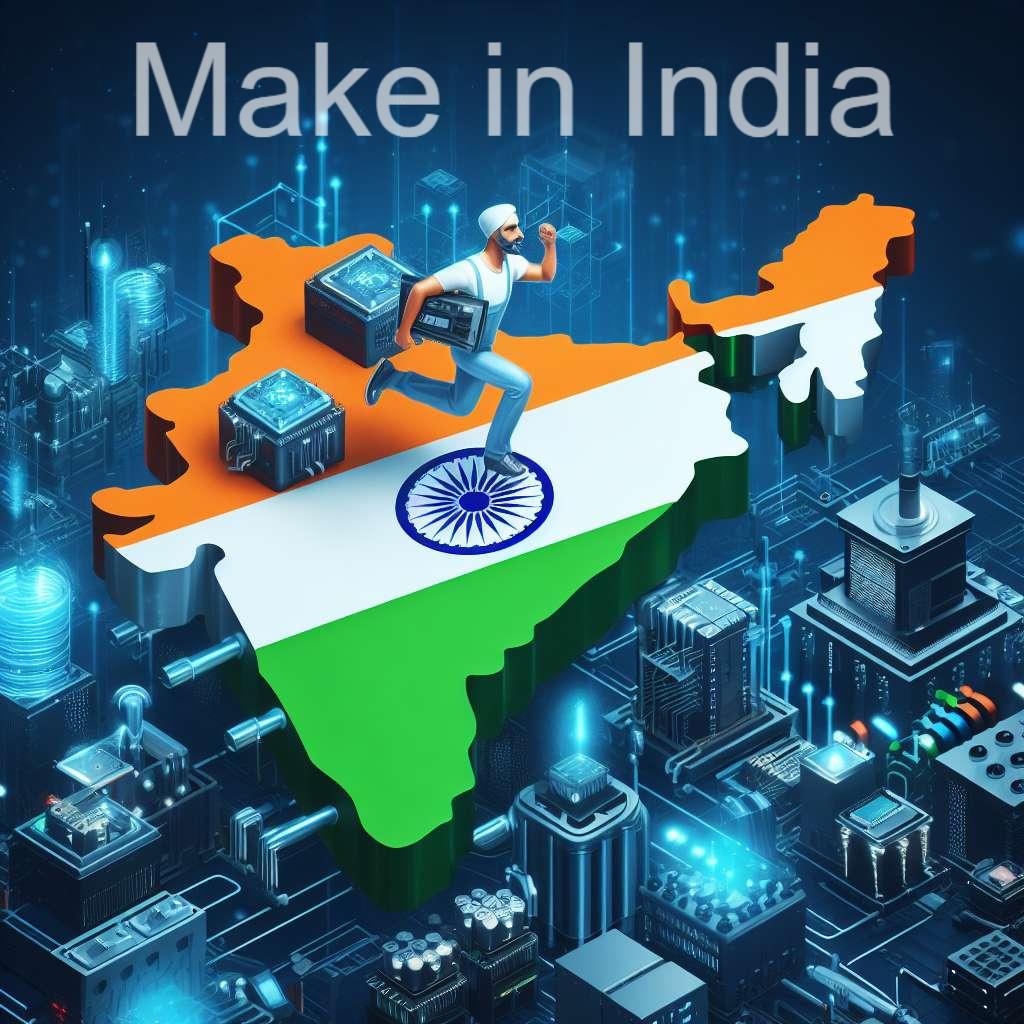The “Make in India” initiative is playing a key role in fostering technological advancements in the Indian manufacturing sector, with a strong focus on automation, research, and innovation. Here’s how:

1. Promoting Automation:
- Financial incentives: The government offers subsidies and tax breaks for companies adopting automation technologies like robotics, artificial intelligence, and machine learning. These incentives make automation more accessible and encourage manufacturers to invest in upgrading their processes.
- Skill development: “Make in India” prioritizes skilling initiatives related to operating and maintaining automated systems. This ensures a readily available workforce equipped for jobs in the automated future of manufacturing.
- Technology collaborations: Partnerships with leading technology companies and research institutions facilitate transfer of knowledge and expertise in advanced automation technologies.
2. Boosting Research and Development:
- Increased R&D funding: The government has dedicated increased funding to research and development projects in manufacturing-related fields, fostering innovation and the development of new technologies.
- Public-private partnerships: Encouraging collaboration between universities, research institutions, and private companies allows for cross-pollination of ideas and resources, leading to faster development of practical solutions.
- Innovation hubs: The establishment of specialized innovation hubs focused on manufacturing technologies provides a platform for researchers, entrepreneurs, and investors to come together and drive innovation.
3. Encouraging Innovation:
- Startup ecosystem: “Make in India” supports the growth of a vibrant startup ecosystem in the manufacturing sector, where young entrepreneurs can develop and implement innovative solutions.
- Intellectual property protection: Strengthening intellectual property (IP) laws and enforcement encourages innovation by safeguarding the rights of inventors and investors.
- Focus on niche sectors: The initiative prioritizes specific sectors like aerospace, defense, electronics, and renewable energy, where innovation is crucial for achieving global competitiveness.
The impacts of these efforts are already visible:
- Increased adoption of robotics: Indian manufacturers are increasingly relying on robots for automated tasks like welding, assembly, and material handling, leading to improved efficiency and reduced costs.
- Development of indigenous technologies: Indian companies are making headway in developing innovative technologies like 3D printing, advanced materials, and energy-efficient manufacturing processes.
- Growing startup scene: A thriving ecosystem of manufacturing-focused startups is emerging, bringing fresh ideas and disrupting traditional methods with innovative solutions.

However, challenges remain:
- Bridging the skill gap: The need for skilled workers trained in operating and maintaining advanced technologies continues to be a hurdle.
- Enhancing research infrastructure: Upgrading laboratories and providing researchers with access to cutting-edge equipment is crucial for sustained innovation.
- Promoting a culture of innovation: Cultivating an environment that encourages risk-taking and experimentation is essential for fostering a truly innovative manufacturing sector.
By addressing these challenges and continually refining its approach, “Make in India” can act as a powerful catalyst for accelerating technological advancements in the Indian manufacturing sector. This will not only boost productivity and competitiveness but also create high-skilled jobs, attract foreign investment, and propel India’s journey towards becoming a global leader in manufacture.